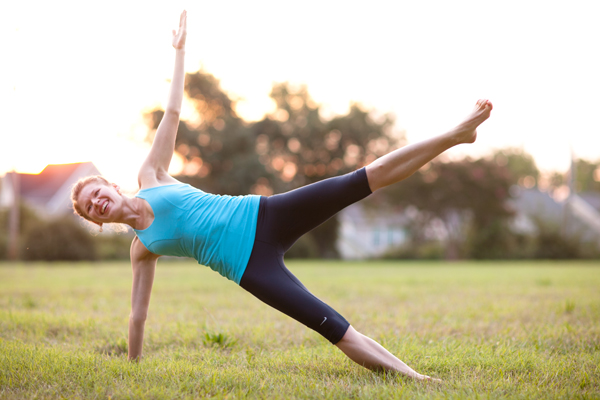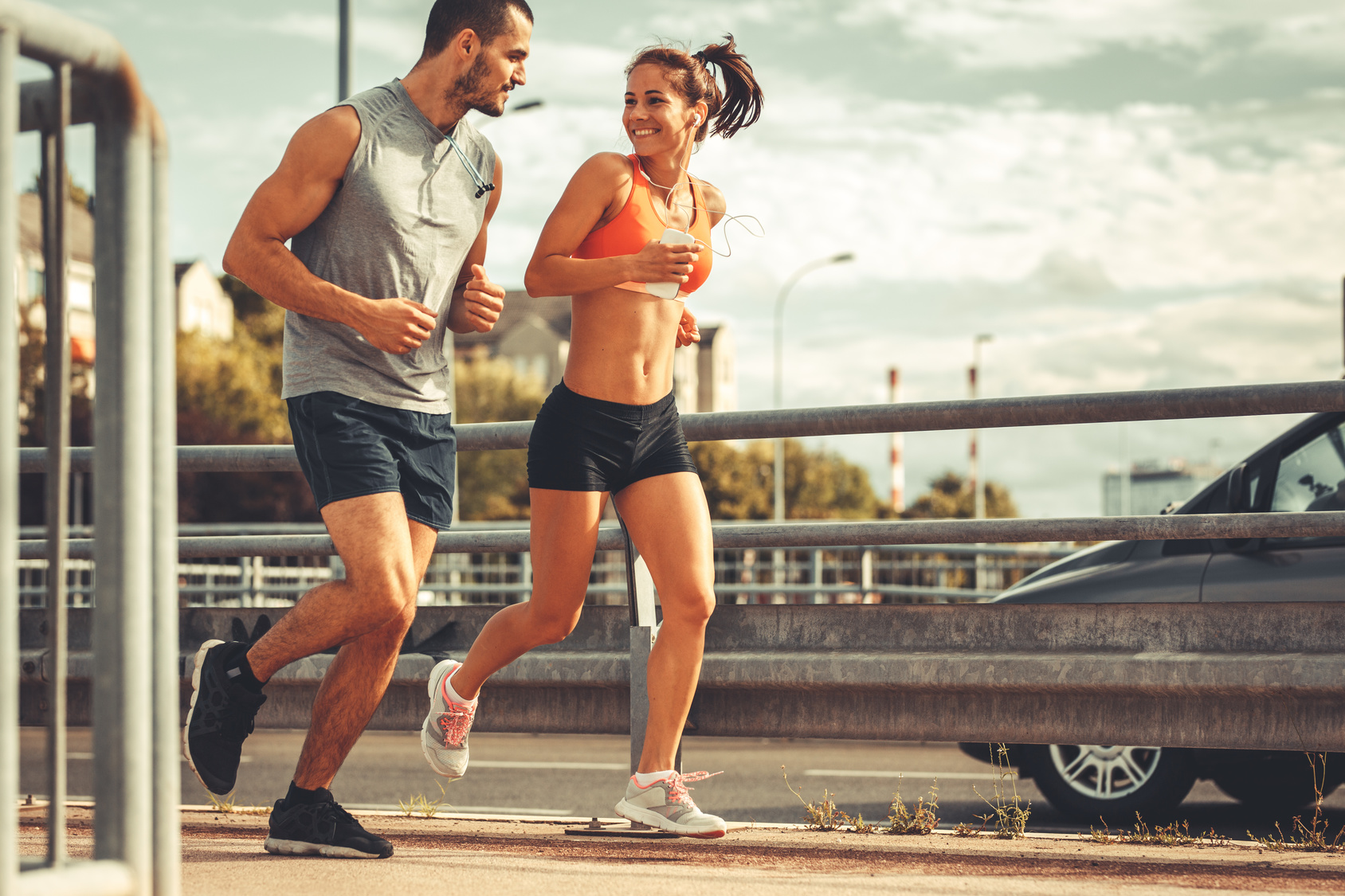Pilates is a form of exercise that focuses on strength, flexibility, and control. It can improve overall physical fitness and health by targeting specific muscles and promoting proper alignment. In this article, we will explore the benefits of Pilates, including understanding Pilates, the principles of Pilates, Pilates exercises for strength and flexibility, Pilates equipment, and tips for incorporating Pilates into your workout routine.
Understanding Pilates
Pilates is a form of exercise that focuses on improving core strength, flexibility, and alignment. It involves a series of controlled movements that target specific muscles and promote proper alignment. Pilates can improve overall physical fitness and health, including improved posture, increased muscle strength, and better balance and flexibility.
The Principles of Pilates
The principles of Pilates include concentration, control, centering, precision, breath, and flow. Concentration involves focusing on the specific muscles being used during each movement. Control involves moving slowly and deliberately to maintain proper form. Centering involves engaging the core muscles to improve overall stability. Precision involves performing each movement with proper form and alignment. Breath involves focusing on proper breathing techniques during each movement. Flow involves moving seamlessly between each exercise.
Pilates Exercises for Strength
Pilates exercises for strength focus on building strength in the core muscles and other specific muscle groups. Examples of Pilates exercises for strength include the Pilates plank, which targets the core muscles, and the Pilates bridge, which targets the glutes and hamstrings. Incorporating Pilates exercises for strength into your workout routine can improve overall muscle strength and stability.
Pilates Exercises for Flexibility
Pilates exercises for flexibility focus on improving flexibility and mobility in the muscles and joints. Examples of Pilates exercises for flexibility include the Pilates roll-up, which stretches the spine and hamstrings, and the Pilates spine stretch, which stretches the back and neck. Incorporating Pilates exercises for flexibility into your workout routine can improve overall flexibility and mobility.
Pilates Equipment
Pilates equipment can be used to enhance Pilates exercises and promote better alignment and control. Examples of Pilates equipment include the Pilates reformer, which uses resistance to improve muscle strength and flexibility, and the Pilates chair, which can be used to perform a variety of Pilates exercises. Incorporating Pilates equipment into your workout routine can improve overall muscle strength, flexibility, and control.
Conclusion
Incorporating Pilates into your workout routine can improve overall physical fitness and health by targeting specific muscles, promoting proper alignment, and improving flexibility and strength. The principles of Pilates, Pilates exercises for strength and flexibility, Pilates equipment, and tips for incorporating Pilates into your workout routine can help you get started on your Pilates journey. By incorporating Pilates into your workout routine, you can improve your overall physical fitness and health. Start incorporating Pilates into your workout routine today and feel the benefits for yourself.





